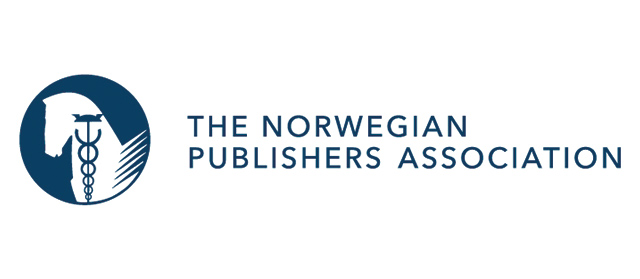In the program of this year´s Bologna Children´s Book Fair (BCBF 2023) topics around the use of artificial intelligence were covered by an expectably high number of events. An interesting observation was that even if ChatGPT – that is rocking (not only) the publishing industry over the last months – was often mentioned, in most of the cases AI applications for image generation have been the focus of many discussions. This is of course consistent with the fact that illustrated works (particularly for children) are one of BCBF unique selling propositions. So, apart from references to specific AI applications targeting young readers, such as ´intelligent´ buddies for children as facilitators of education, one of the top-level issues addressed in the program of the fair was the relation between artificial intelligence and art, in particular the effects of text-to-image algorithms (among them e.g. DALL-E 2 and Dream Studio Stable Diffusion); the fascinating power of these algorithms was demonstrated, mentioned and discussed again and again.
The game-changing effect – and threatening potential, according to many illustrators – of text-to-image algorithms was e.g. discussed in depth in the seminar “Authors vs Artificial Intelligence”, where it has been pointed out that these algorithms that produce illustrations on the basis of a text prompt (similarly to what large language models like GPT or LaMDA do for text) have been trained with immense amounts of data scraped from the web. On the basis of that, they achieve results that have the potential to deceive not only the public, but also artists and art teachers and professors. This means that any single visual works available on the web could have been scraped and used for training AI algorithm – without permission by their authors, thus infringing copyright.
Paolo Rui, illustrator and member of the European Illustrators Forum (EIF) pointed out that in the case of human illustrators, they have gained their position in the market through many years of training, struggle, risk-taking and trial-and-error experiences. Nurgül Senefe of Türkyie, founding chairman of the Illustrators’ Platform and board member of EIF, called on illustrators to show solidarity in their respective communities and raise awareness of the risks of devaluation of visual works and also the loss of diversity as a consequence of the replacement of human illustrations with AI-generated ones – not least such algorithms by their very nature tend to produce “more of the same”. Senefe emphasized that the issue is not to oppose artificial intelligence as such – AI could in fact contribute to something like a new renaissance –, but just the unlawful use of copyrighted material for training AI systems. Other illustrators expressed similar concerns. The developments of this debate, which is taking place in a technological context that is rapidly evolving, and the outcomes of the first legal actions in this field will be very interesting to follow.
With regard to the automated production of texts, Jaesung Jung (I-Scream Arts) presented a challenging view in the event “How artificial intelligence can change the publishing industry”. Based on the premise that it is worth moving forward in an industry Jaesung says he experiences as rather slow-changing, his company publishes children’s books actually written by AI. Jaesung outlined the predictable benefits of such an approach, not least speed and cost effectiveness. He also acknowledged that there are still “some limitations” associated with this approach, though …
 By
By 

















